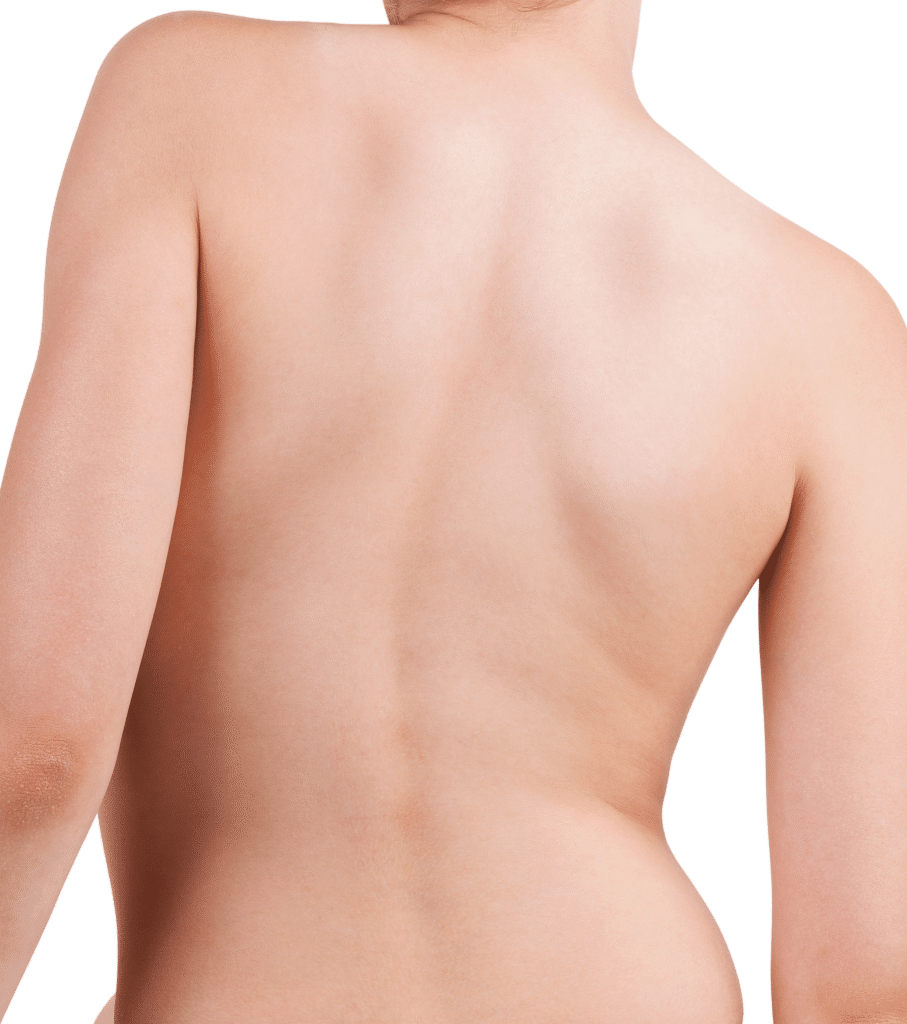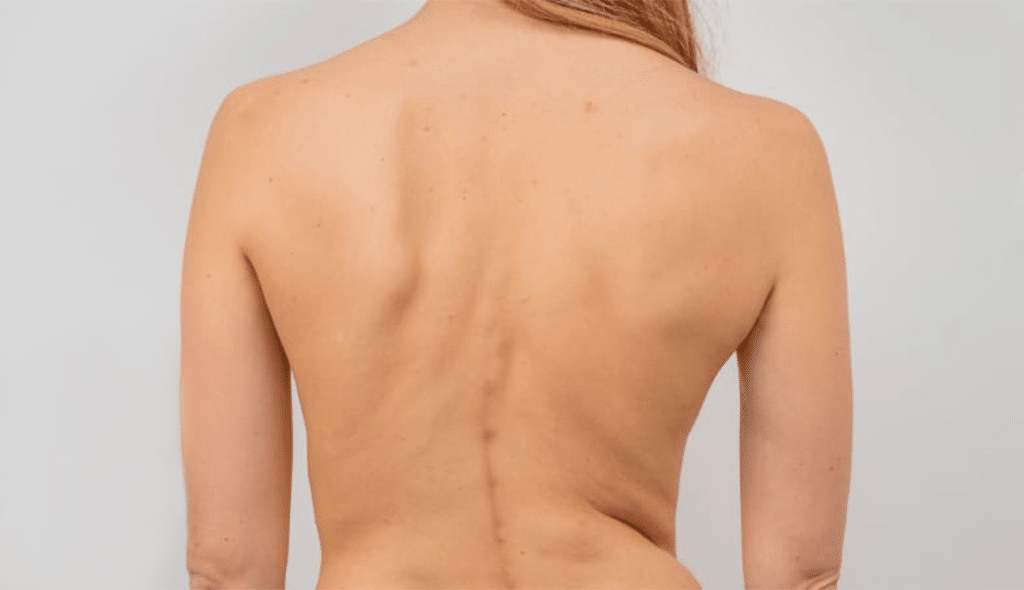The History
Developed by physical therapist Katharina Schroth in the early 20th century, the Schroth method is widely regarded as one of the most effective, evidence based, non-invasive treatments in the management of Adolescent Idiopathic Scoliosis (AIS).
Schroth therapy has continued to develop through the generations of this family.
What is Schroth?
Through a series of tailored postural and corrective breathing exercises, our therapist will encourage the client to consciously maintain the most effective posture to prevent curve progression.
- Personalised treatment. Each program is patient specific, depending on the presentation and curve classification.
- Corrective Breathing. Patients will learn to breath into the concave (inward) side of the curve to encourage flexibility and movement.
- Awareness of posture. This allows patients to understand their posture and enables them to correct it.
- Correction in all planes of movement. Scoliosis affects the spine in threedimensions. Schroth therapy will aim to correct and stabilize the spine in all three planes.
- Exercising at home. A crucial element of Schroth therapy is for the patient to integrate the targeted exercise routines as a normal part of daily life.
Benefits of Scroth Therapy
- Reduction of deformity. Schroth therapy has been proven to help reduce the degree of spinal curvature in scoliosis cases. It is effective!
- Improved breathing. Breathing is improved with increased lung capacity and respiratory function.
- Increased strength and endurance. By strengthening the muscles around the spine, overall function and stability is improved.
- Improved posture. Posture is improved, leading to a more balanced and symmetrical appearance.

Common equipment used during Schroth Therapy
Your therapist may suggest purchasing any of the following pieces of equipment to supplement your home exercise program. Please speak to your physiotherapist.
- Full and half rolls – usually used in and around the lower rib area.
- Thera band – for scapular setting exercises and back strengthening exercises.
- Flat bottomed chair with straight sides and top.
- Mats
- Gym ball
- Wall bars or pull up bars
- Towels – Optimise positioning whilst exercising.
- Insoles – maybe recommend, over pronation can affect the position of the pelvis and spine exacerbating the curve
Who can benefit?
Although Schroth therapy is primarily for people with scoliosis, it can also be of benefit for those with other types of spinal deformity, including kyphosis. Although the therapy can be used as a stand-alone treatment, it is often used in conjunction with bracing. We offer gensingen bracing please see this page for further details.
